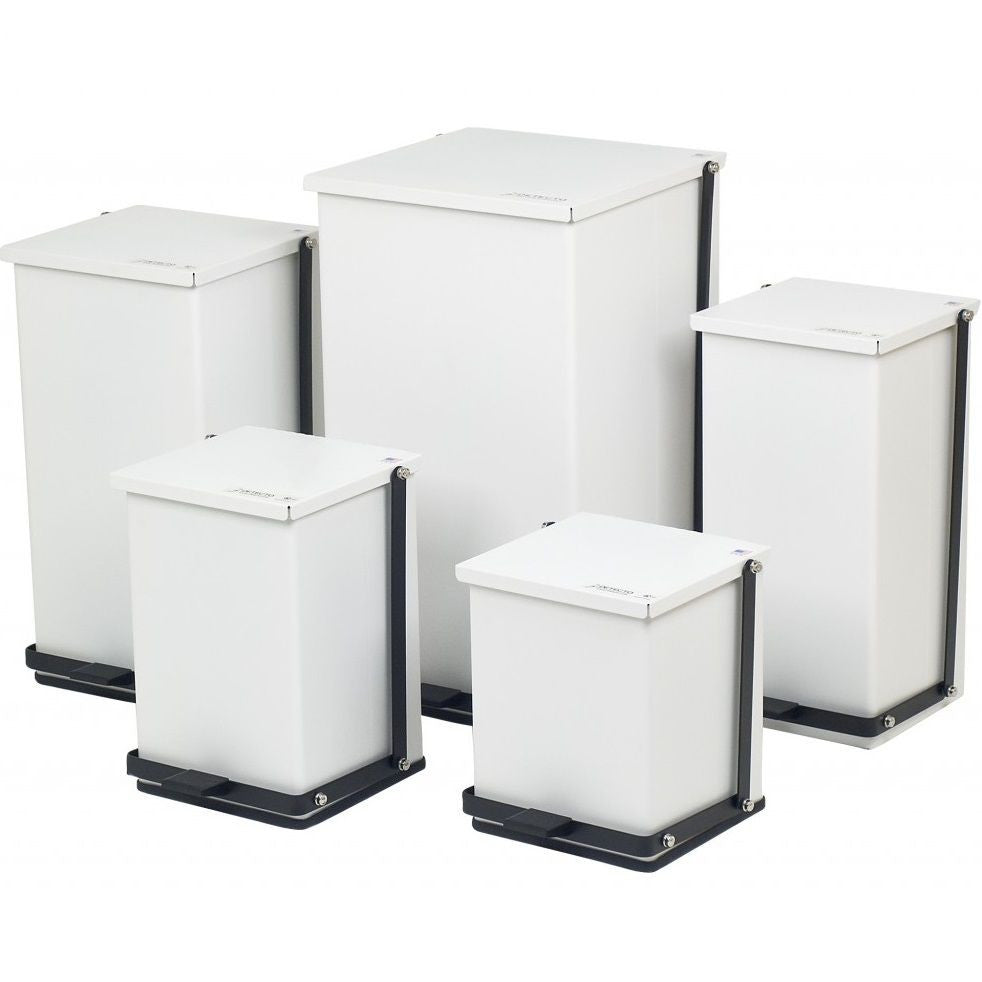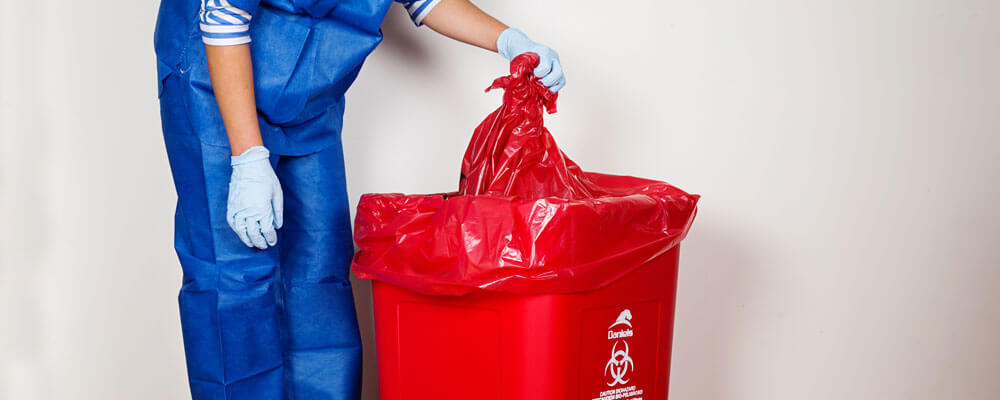Community Care: Seamless and Reliable Medical Waste Removal Near Me
Stay Ahead of Rules: Expert Suggestions on Medical Waste Disposal
In a globe where the health care sector is frequently developing, it is imperative for clinical centers to remain ahead of guidelines when it comes to the correct disposal of medical waste. From recognizing the various groups of medical waste to carrying out the best collection and partition approaches, this conversation will give workable tips and valuable insights to aid facilities remain ahead of laws in the ever-changing landscape of clinical waste disposal.
Recognizing Clinical Waste Categories
Comprehending medical waste categories is vital for correct disposal and monitoring in medical care centers. Clinical waste refers to any waste generated by healthcare tasks that might pose a risk to public health or the atmosphere. It is crucial to classify clinical waste properly to guarantee its risk-free handling, treatment, disposal, and transport.
There are numerous categories of clinical waste that health care centers need to be aware of. One of the most typical groups include contagious waste, pathological waste, sharps waste, pharmaceutical waste, and chemical waste. Each classification has details standards and regulations for its correct management and disposal.
Infectious waste consists of materials contaminated with blood or other physical liquids, such as gloves, dress, and research laboratory societies. Pathological waste describes human cells, body organs, or body components that need unique handling and disposal. Sharps waste includes used needles, syringes, and other sharp things that can trigger injury and send infections. Drug waste makes up expired, unused, or infected medicines that need cautious handling and disposal. Chemical waste includes solvents, anti-bacterials, and various other chemical compounds utilized in medical care facilities.
Staying Up-To-Date With Regulatory Changes
Remaining present with governing modifications is critical for health care centers to make certain compliance and correct management of clinical garbage disposal. medical waste removal near me. With policies frequently progressing, it is important for healthcare facilities to remain current to avoid fines, fines, and potential damage to the setting and public wellness
To remain in advance of regulative adjustments, medical care centers ought to develop a system for surveillance and tracking updates. This can be done by signing up for governing newsletters, attending workshops and seminars, and proactively taking part in industry organizations. Furthermore, centers should designate a personnel member or group in charge of staying informed and sharing info to relevant stakeholders.
Normal communication with regulatory firms is additionally important. Medical care facilities ought to develop connections with regional, state, and federal agencies to ensure they know any type of changes in guidelines that might affect their waste administration practices. This can be done with routine conferences, involvement in public remark periods, and aggressive involvement with regulatory agencies.
In addition, healthcare facilities must consider partnering with waste monitoring business that focus on medical garbage disposal (medical waste disposal services with WasteX). These firms are often fluent in the most up to date regulations and can provide assistance and support to ensure conformity
Implementing Correct Collection and Partition Approaches
To properly manage medical waste disposal, medical care facilities need to develop appropriate collection and partition methods according to regulatory guidelines. Executing these techniques makes sure the risk-free handling and disposal of potentially dangerous materials, protects the environment, and minimizes the threat of infections and injuries to medical care employees and the public.
Correct collection and partition techniques involve the use of designated containers and classifying systems. Medical care centers ought to give plainly identified containers for different sorts of clinical waste, such as sharps, contagious waste, pharmaceutical waste, and non-hazardous waste. get redirected here These containers ought to be color-coded and clearly significant to stay clear of confusion and promote very easy recognition.
Additionally, medical care centers must train their staff on the proper treatments for gathering and segregating medical waste. This consists of informing them on the various kinds of waste, the suitable containers to use, and the value of following standards and policies. Routine training sessions and refresher course programs should be performed to guarantee that personnel continue to be up-to-date on ideal methods.
Additionally, healthcare facilities must establish a system for normal collection and disposal of medical waste. This might involve partnering with accredited waste management firms that focus on medical waste disposal. These business will make sure that the collected waste is transported and thrown away in compliance with regulative demands.
Selecting the Right Disposal Methods

Incineration is one of the most usual and effective approaches for dealing with certain kinds of clinical waste, such as pathological waste and sharps. It involves the controlled burning of waste at heats, reducing it to ash. However, incineration can release unsafe toxins right into the air and add to air contamination.

Chemical treatment includes the use of chemicals to counteract the waste and disinfect. Microwave treatment uses microwave energy to warm and decontaminate the waste.
Making Sure Conformity Via Documentation and Training
After thoroughly thinking about the proper disposal approaches for clinical waste, medical care centers have to make certain conformity with laws and decrease ecological influence by applying effective documents and training treatments. This action is vital in preserving a sustainable and safe setting for both medical care employees and the public.

Training is similarly vital in making sure compliance with guidelines. Medical care employees who manage clinical waste ought to receive proper training on waste segregation, handling, and disposal procedures. This training must cover topics such as the proper use individual protective equipment, recognition of different sorts of waste, and the appropriate disposal techniques for each and every waste category. By providing detailed training, health care centers can equip their personnel to make enlightened decisions and lessen the danger of improper garbage disposal.
Verdict
In final thought, staying in advance of policies in medical garbage disposal is important for health care centers. medical waste removal services. Comprehending the various groups of medical waste, staying updated with regulative modifications, applying appropriate collection and partition methods, selecting the proper disposal approaches, and ensuring compliance with paperwork and click for source training are all vital steps. By following these standards, health care organizations can properly handle and dispose of clinical waste in a accountable and safe manner
From understanding the various classifications of clinical waste to implementing the right collection and segregation techniques, this discussion will certainly give actionable suggestions and important insights to help facilities remain ahead of policies in the ever-changing landscape of medical waste disposal. - medical waste disposal services with WasteX
The most usual categories include transmittable waste, pathological waste, sharps waste, pharmaceutical waste, and chemical waste. Healthcare facilities should supply plainly classified containers for various kinds of clinical waste, such as sharps, infectious waste, pharmaceutical waste, and non-hazardous waste. Healthcare centers need to establish a thorough system to videotape and track all facets of medical waste disposal, including kinds of waste produced, amounts, and disposal approaches made use of. Healthcare employees that handle clinical waste must get ideal training on waste segregation, handling, and disposal procedures.